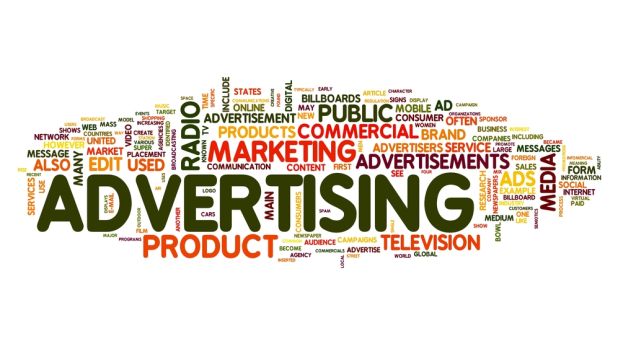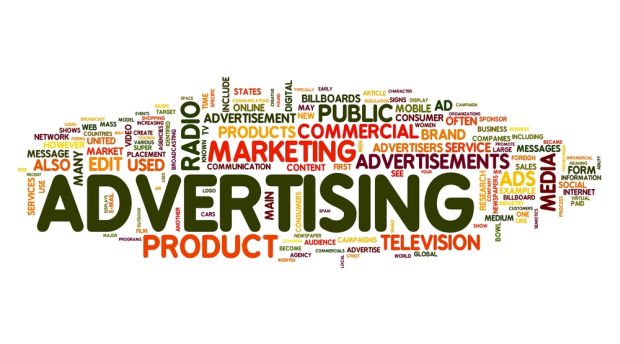10 Rules of Effective Advertising
Post Views 212Summary: If you want the money you spend on advertising to be worth it, you should follow these 10 rules.
Advertising and marketing is essential to the success of your business, but with limited resources it is important to make the most of your advertising dollar. Just blasting your message out as widely and as often as possible is minimally effective and really amounts to a huge waste of time and money.
Here are ten rules remember for effective advertising:
1) Consider your audience. Who is your customer base? What do they value? How can you connect to them?
This is of utmost importance whether you are selling a specialty product to a tight demographic, selling a universal product to a wide audience, or simply selling your skills to a potential employer. (Applying for a job involves substantial self-advertisement.)
2) Give them a reason. How will I get my audience to pay attention?
Remember, the world is literally a sea of advertisements, and people are constantly bombarded by ads to the point that we often just ignore them. A superior advertisement demands the attention of your customers by tapping into their interests quickly. Use strong headlines, catchy photos, or a recognizable song to draw interest.
3) Tell a story and connect. Does your ad create a connection with your audience?
Show your audience why they should care. Avoid an overabundance of information. You want to connect with your audience on a basic emotional level, so they will remember. A simple story can create an emotional response or a meaningful connection, and even a single picture can tell an effective, demographic targeted story.
4) Call to action. How does your ad compel your audience to take action?
The goal of advertising is to get people to buy something. Your advertising should create a sense of urgency. Consider limited time offers. Tell a story that enhances the “need it now” factor.
5) Test and tweak. What worked? What didn’t? How can I improve?
An integral part of any advertising campaign is to test your advertising strategy, tweak it, and test again. You could try a certain slogan, picture, or method of distribution. Measure sales before and after. Count coupons returned from a coupon campaign. Log clicks online.
6) Sell an excellent product/service. Is my product “good enough to sell itself?”
Of course, no product will go out and sell itself, but your customers will certainly help. Advertise a product that you sincerely believe people will continue to buy if they just get to try it once. A great product will create repeat customers who will tell their friends. Remember, in the long term, word-of-mouth will be far more powerful than any of your advertising efforts.
7) Dare to compare. How is my product/service better than the competition?
Astonish your audience with real, simple comparisons to your competition. Steer clear of clichés, and vague claims of being “the best.” Show it. Tell it in clear terms, such as “twice as powerful as the competition.”
8) Sell first to the buyers. Who is already interested in or is already using a similar product?
Don’t put yourself in a position to fail by chasing uninterested customers. Instead, focus your initial advertising efforts on people who already want to buy what you have to sell. You will find it much more effective to sway them than to try to create a need where none exists. Remember, your interested customers will help you sell if they like your product.
9) Create a brand image. What do you want people to associate with your brand and your product?
Create instant recognition. Develop an easily recognizable common color scheme, font, slogan and/or logo. Keep consistency from one advertisement to another, so that your ads immediately conjure up the image you are trying to convey and people instantly think of your product.
10) Use multiple modes of advertising effectively. Can I reach my target audience through my advertising media?
After researching your customer demographic, you will learn of their habits and tendencies. Use that knowledge to reach your potential customers. Consider TV, radio, print, flyers, billboards, signs, and online ads taking into account how you will reach your customers. Each type of media has advantages and disadvantages. Each type of media requires different advertising methods. Weigh cost vs. coverage vs. demographics in making this important advertising decision.
10 Rules of Effective Advertising by Cameron Griffin



 50 Marketing Habits Every Company Should Follow
50 Marketing Habits Every Company Should Follow  Featured Employers on AdvertisingCrossing
Featured Employers on AdvertisingCrossing  Looking for a Job in Advertising? Visit AdvertisingCrossing
Looking for a Job in Advertising? Visit AdvertisingCrossing  AdvertisingCrossing Provides Access to Thousands of Industry Jobs
AdvertisingCrossing Provides Access to Thousands of Industry Jobs  AdvertisingCrossing Provides Job Seekers with Glimpses of Featured Employers
AdvertisingCrossing Provides Job Seekers with Glimpses of Featured Employers